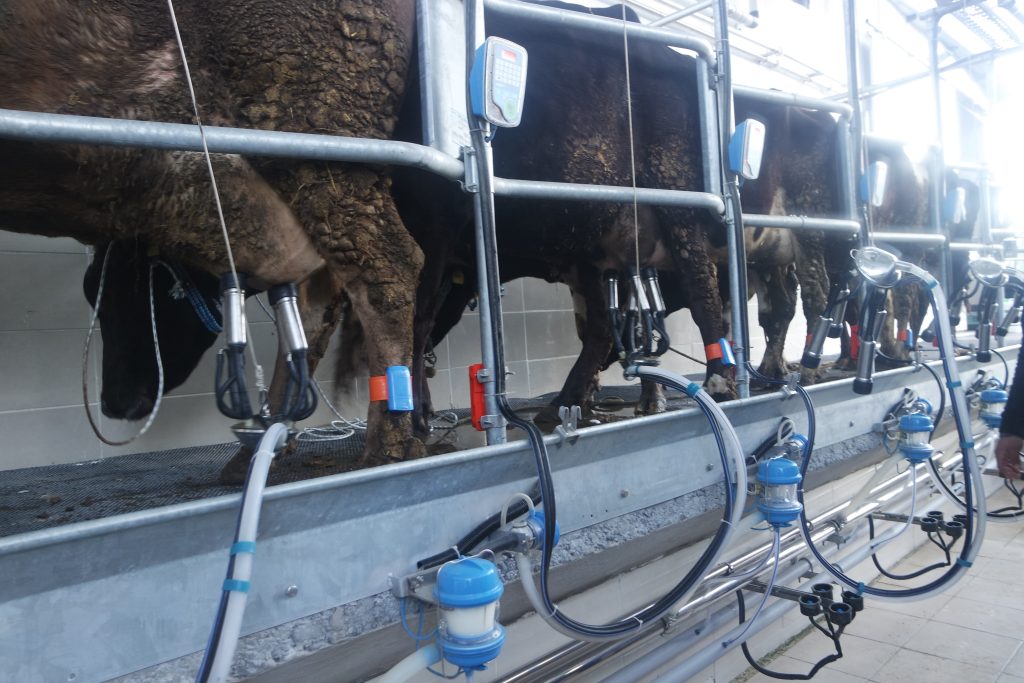
Project Overview
This project aims to reduce the difficulties faced by cattle farmers during milking, improve animal welfare, and optimize milk productivity. Additionally, by reducing the time spent on milking, it lowers the farmers’ workload and increases the efficiency of livestock operations.
Project Problem Area
One of the main challenges for cattle farmers is the labor-intensive nature of milking. Milking, which needs to be done twice a day, consumes significant time and effort. This can lead farmers to avoid raising female animals and results in a loss of labor efficiency.
Social, Economic, and Environmental Impacts
Social Impacts:
The difficulty and time-consuming nature of milking can negatively affect farmers’ family and social life. Long daily working hours for milking also increase stress levels among farmers.Economic Impacts:
Challenging milking processes can reduce farm productivity and increase labor costs. Inadequate or irregular milking can decrease milk yield, leading to income losses.Environmental Impacts:
Due to time constraints, milking may not be done carefully, which can negatively impact animal health and welfare.
Our Solution Strategy
The project aims to establish a communal milking center to reduce the difficulties of milking and improve productivity. Pedometers attached to the animals’ legs allow monitoring of estrus cycles and health status.
Uniqueness of the Solution Strategy
Communal Milking Center:
The project provides farmers with easier access to milking through a centralized village milking facility, enabling more efficient milking of livestock.Technology Integration:
Pedometers track animals’ health and estrus cycles, offering farmers critical information for disease detection and reproductive management.
Project Uniqueness and Objectives
Objective:
The main goal is to reduce the difficulties of milking, enhance animal welfare, and optimize milk productivity.Uniqueness:
By combining a communal milking center with technology integration, the project offers an alternative to traditional milking methods, aiming to increase efficiency.
Project Activities and Promotion
Farmers will be trained on the benefits and usage of the communal milking center. The project will be promoted through village meetings, agricultural fairs, and media channels.
Sustainability Goals
The project supports long-term sustainability of livestock operations by improving milking efficiency and animal welfare. It also encourages the efficient and effective use of natural resources.
SDG (Sustainable Development Goal) Impacts
End Poverty:
By increasing farmers’ income, the project contributes to poverty reduction.Zero Hunger:
By enhancing milking efficiency and improving milk production, the project supports food security.
Proposed Business Model
The business model focuses on generating revenue by providing milking center services to farmers. Initial investment may be required for constructing the communal milking center and providing pedometers. Farmers can then access milking services through a fee or subscription model. Over time, increased milking efficiency and improved animal welfare can boost demand for the service and make the business model sustainable.
